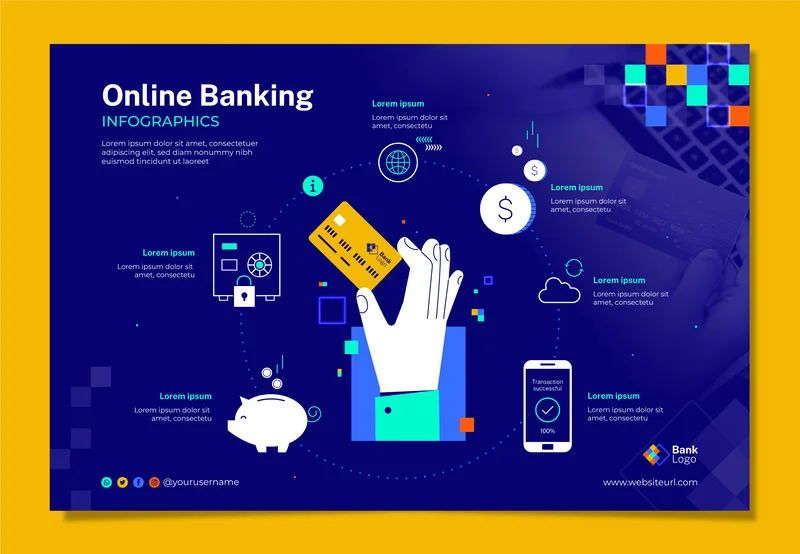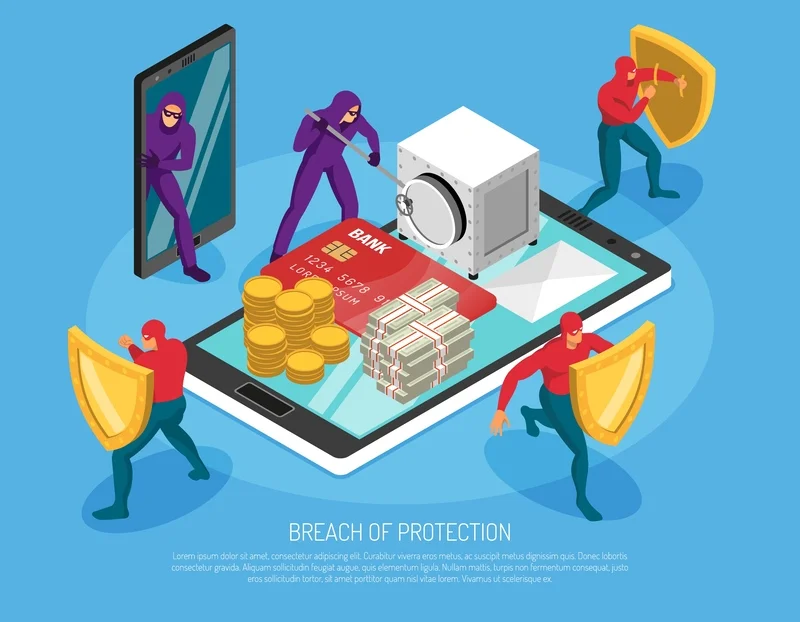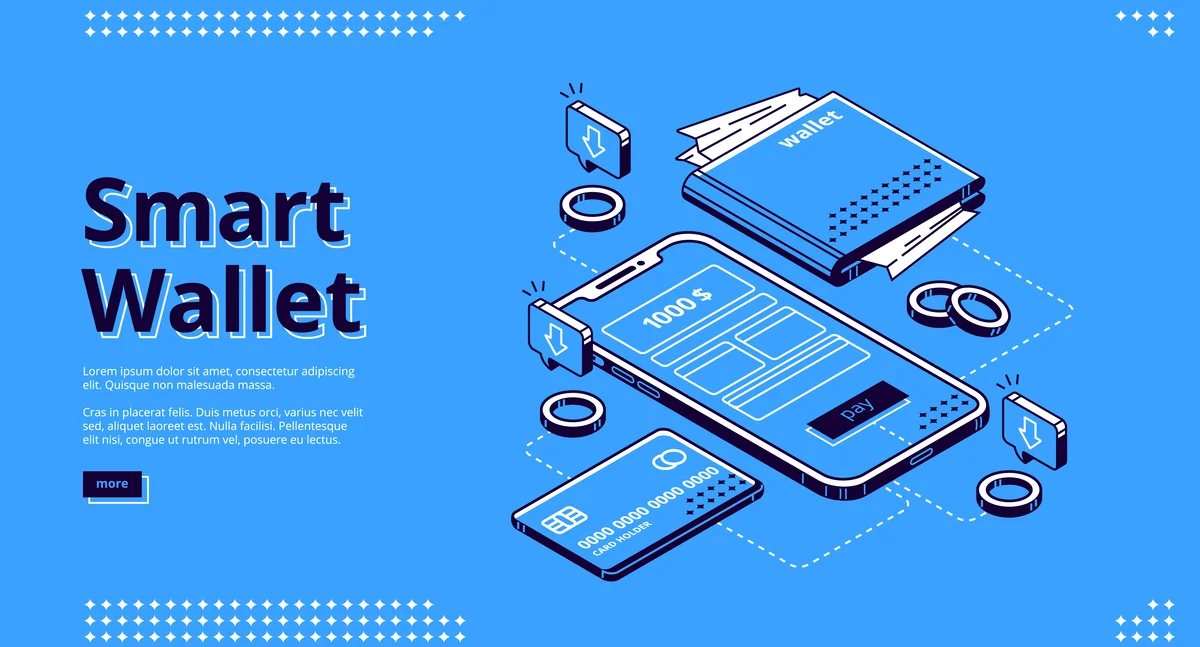Managing money today is significantly different from what it was a decade ago. The growing popularity of digital wallets has created new options for users who previously relied solely on banks. Today, people wonder which option gives more control, safety, and ease: digital wallets vs banks is now a central debate in modern finance.
The debate of digital wallets vs banks has become a common question in modern finance. In 2025, technology is transforming the way we manage our finances. From smartphones to smartwatches, users can pay, save, and transfer without even visiting a bank.
Yet, traditional banks are still trusted by many for savings, loans, and credit-building. Choosing between the two depends on your financial goals and comfort with digital tools. This article breaks down the key differences between digital wallets and traditional banking services.
We’ll explore safety, convenience, transaction types, and practical use cases. You’ll learn when to use each and how to get the best from both worlds. With examples and tips, you’ll make better money choices by the end of this guide.
Understanding Banks and Digital Wallets

Digital wallets and traditional banks both help manage money, but they operate in very different ways. Digital wallets function as apps or platforms that let you store funds electronically and make quick transactions.
Banks, on the other hand, are institutions that offer full-scale financial services, often with physical branches and human advisors. Understanding how each system works helps you decide what fits your lifestyle.
What Are Digital Wallets?
Digital wallets are apps that hold your money digitally. They connect with your credit cards or bank accounts, and some let you add money directly. With tools like PayPal, Apple Pay, or Google Pay, you can shop online or in-store.
Transactions use QR codes or NFC. These wallets also help track spending and can include rewards or loyalty programs. Many people like digital wallets because they are fast, easy to use, and often free.
What Are Traditional Banks?
Traditional banks are licensed institutions that offer a wide range of services like savings accounts, checking accounts, loans, and investments. Most banks have physical locations and automated teller machines (ATMs).
They’re backed by government insurance, such as the FDIC, making them secure for storing large sums. Services include personalized financial advice, investment support, and credit solutions. Banks offer both online and offline ways to manage your money.
Comparing the Benefits and Drawbacks of Digital Wallets vs Banks

Each system comes with its advantages and disadvantages. The choice between digital wallets and banks often depends on what services you need most.
Some users prefer the speed and mobile nature of wallets, while others value the long-term stability that banks provide.
Strengths of Digital Wallets
Digital wallets are ideal for day-to-day spending. They are mobile-friendly and facilitate quicker transactions. You don’t need cash or cards, and you can pay by scanning codes. Wallets often provide instant transaction notifications, expense summaries, and spending limits.
They’re great for budget control and are especially helpful for online shoppers and freelancers who need fast access to funds.
Strengths of Traditional Banks
Banks offer structured financial tools that help build long-term wealth. Services such as home loans, retirement plans, and investment portfolios make banks valuable for serious financial planning.
Banks also have strict regulations, offering safety for your money. Face-to-face support and tailored financial advice further add to their strengths. Many people trust banks for large transactions and credit needs.
Weaknesses of Digital Wallets
Despite their ease of use, digital wallets have some limitations. Most are not insured by government agencies, which means lost funds may not be recoverable.
Customer service is often digital-only, which can result in slower problem resolution. If your phone is stolen or hacked, and security settings aren’t in place, your money could be at risk.
Weaknesses of Traditional Banks
Banks can be less convenient for users who require fast-paced transactions. They might charge fees for basic services and have limited branch hours. Some banking processes are outdated, leading to delays.
Younger users often find bank apps less user-friendly compared to digital wallets. Traditional banks also tend to take longer for transfers and usually require additional paperwork for certain services.
Safety and Protection Comparison in Digital Wallets vs Banks

Security is a primary concern when choosing where to keep and manage your money. In the digital wallets vs banks debate, both offer protections, but they differ in levels of coverage and reliability.
Bank Security Features
Banks employ multiple layers of security, including encrypted networks, two-factor authentication, and secure login systems. Government insurance, like the FDIC, covers your money up to a set limit.
Banks also run regular security checks and offer fraud alerts. If any unauthorized activity occurs, banks usually respond quickly and help recover funds. The physical presence of banks adds another layer of trust.
Digital Wallet Security Features
Digital wallets also utilise encryption and often incorporate biometric login features, such as fingerprint or facial recognition. Two-factor authentication is standard.
However, since many are not backed by government insurance, you rely on the app’s policies for dispute resolution. It’s essential to use strong passwords and update the app regularly. Choosing trusted brands with high security ratings is necessary.
Everyday Use and Accessibility
Depending on how you manage daily money matters, either system might work better. People who value speed and tech tools often prefer wallets, while those with larger financial goals lean toward banks.
When Digital Wallets Are Better
Digital wallets are ideal for making quick payments and accessing funds easily. If you shop online, send money to friends, or split bills regularly, a wallet is a handy tool.
You can even make contactless payments at stores without taking out your wallet. They also help you stay updated with real-time balance and spending alerts.
When Banks Are Better
Banks are ideal for storing larger amounts, applying for loans, and getting financial advice. They are more reliable for handling big purchases, securing savings, and building a credit history.
Families and business owners often select banks for their long-term financial planning needs. The ability to visit a branch and speak with an advisor adds comfort and trust.
How to Use Both Effectively

A smart way to manage your money is to use both systems together. Each offers unique advantages that can support your financial goals. You don’t need to choose one over the other if you know how to balance them.
Use your bank to store savings, manage loans, and build credit. Keep your digital wallet for daily purchases, quick peer transfers, and travel payments. Monitor both regularly to avoid missing payments or overspending. This mixed approach offers flexibility and control.
When to Use Each: Smart Scenarios in Digital Wallets vs Banks
Using both tools wisely helps you save time and stay organized. Below are two clear situations that explain when each one fits best:
Use Digital Wallets If:
- You want fast, contactless payments.
- You manage small, daily transactions.
- You prefer using mobile apps for purchases.
Use Banks If:
- You’re saving for future goals.
- You plan to apply for loans or credit.
- You want secure, full-service money management.
What Experts Recommend
Experts agree that combining digital wallets and banks creates a well-rounded system. You get fast transactions and long-term stability at the same time.
Financial advisors recommend starting with basic bank services and then adding a digital wallet for everyday use, highlighting the balance in the digital wallets vs banks account debate.
Keep both platforms secure and updated. Compare features and fees once every few months. This helps keep your finances in check and enables you to choose the most efficient tools. Financial literacy is key; learn how each system operates so you can make intelligent decisions.
Conclusion:
The debate between digital wallets vs banks doesn’t have a single winner. Both serve different roles in a modern lifestyle. Choosing one depends on what kind of financial activity you do most often. Many users find value in using both together.
If you enjoy fast spending, app rewards, and modern tech, digital wallets are a great choice. They are perfect for students, remote workers, and anyone who shops online. Their simple interface and quick use make everyday transactions smoother.
If you need structured savings, loans, and credit planning, banks are a better option. They’re great for families, professionals, and anyone focused on long-term financial health. Their credibility and broad services are unmatched.










